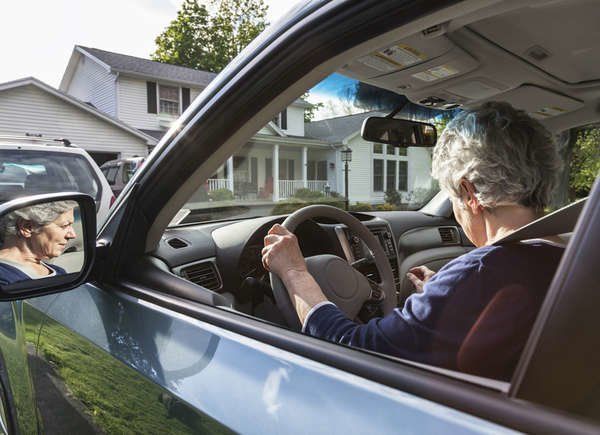
Uber Technologies, Lyft, and other ride-sharing companies such as Sidecar, Hitch, and RideScout have seen a massive increase in their use. The ability to be picked up by their smartphone without talking to anyone is a great feature. With communication preferences changing so quickly, many consumers are turning to services that do not require face-to-face or in-store communication. Do ride-sharing apps like Uber and Lyft impact auto sales? It’s easier to get from A to B than ever before. In 2017, 250,000 Lyft customers sold their cars in order to use the ride-sharing app as their main mode of transportation. There are more rides available now than ever before.
The Pros of Ride-Sharing Only
Ride-share apps are popular because they allow consumers to avoid driving while intoxicated or worrying about parking. Some people have replaced their cars with ride-share apps and public transport because they are environmentally friendly, because of perceived cost savings (such as paying for car registration, insurance, gas, maintenance, and repairs), and because it is convenient. It also means that in larger cities, you don’t have to pay for parking spaces or garages. Owning a vehicle can quickly add up!
The rise of ride-sharing services has had a significant impact on large urban areas and metropolises, particularly among Gen Z and Millennials. In some cities, the taxi industry is almost non-existent. The taxi industry has virtually disappeared in some cities. For longer road trips, car rental services are often used.
The Cons of Ride-Sharing Only
It’s not cheaper to own a car of average price. In some cases, it may even be more expensive than owning a car. Other issues include the fact that ride-sharing is not always reliable and timely, it can be difficult to travel with pets, or the cost of long road trips.
Although ride-sharing applications may be able to replace car ownership in large cities, most American cities aren’t urban areas. In the suburbs and small towns, there is no reliable public transportation, and most places aren’t within walking distance. In most places, a car is a necessity. Some people do not see owning a vehicle as an alternative. If you don’t have a car, then you will not be able to get anywhere. There are also fewer ride-share workers.
What does this mean for the Automotive Industry?
The use of ride-sharing does not have a significant impact on car sales. Ride-sharing has replaced taxis, public transport (buses, subways), and walking. The American economy and culture are heavily reliant on vehicles.
You can use these statistics to improve the marketing of your dealership. Uber and Lyft’s rise is due to the shift in technology and changing definitions of service. The rise of Uber and Lyft is rooted in the changing purpose of customer-oriented service, as well as a change in technology.
Ride-sharing companies may continue to grow and form partnerships with OEMs, other car dealers, or even private sellers to obtain better prices on their vehicles. Uber and Lyft want to access new vehicles and invest in self-driving car technology. Instead of seeing it as a threat to the automotive industry’s future, look at it as a chance for new growth.
Create a user-friendly website for your dealership to attract new customers. AutoJini’s responsive website
inventory that showcases, mobile-friendly sites, online finance forms, and appointment scheduling forms are just some of the features you can offer to make it easier for your customers to do all they need right on your website.

















